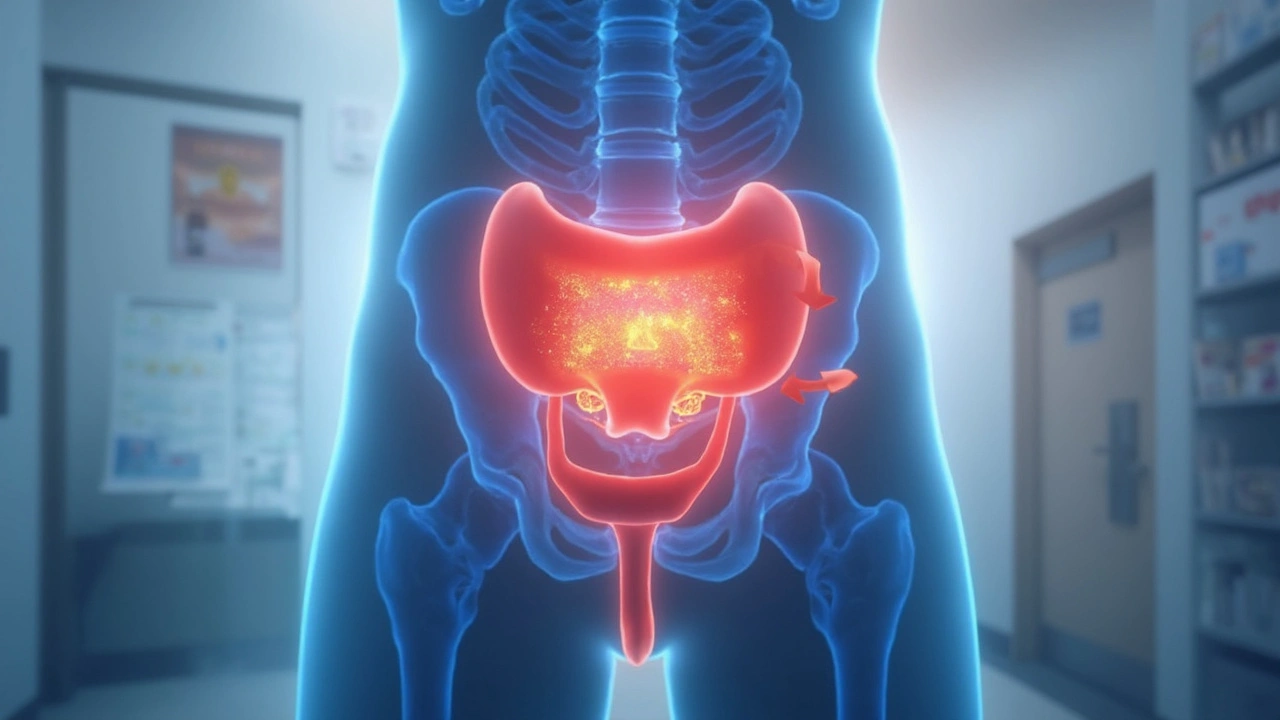Bladder Cancer: What You Need to Know Right Now
Did you know that bladder cancer is the fourth most common cancer in men but often goes unnoticed until it’s advanced? The good news is that early signs are usually easy to spot, and treatment options have improved a lot in the last few years.
Below you’ll find the most practical info on what triggers bladder cancer, how to catch it early, and what you can do once you have a diagnosis. No jargon, just straight‑forward advice you can act on.
Common Signs and When to Get Checked
The hallmark sign is blood in the urine – it can be bright red or look like a coffee filter. Even a tiny amount should raise a red flag, especially if it shows up more than once.
Other warning signs include frequent urination, a burning feeling when you pee, and pain in the lower abdomen or back. If you notice any of these symptoms for more than a couple of weeks, call your doctor.
Key Risk Factors You Can Control
Smoking is the biggest culprit, responsible for about half of all cases. Quitting even later in life cuts your risk dramatically, so it’s never too late to stop.
Long‑term exposure to industrial chemicals, like those used in rubber, leather, and dye factories, also raises the odds. If you work in those fields, use protective gear and discuss regular screenings with your physician.
Older age, chronic bladder inflammation, and a family history of bladder or kidney cancers add to the risk, but they’re not things you can change. Knowing your personal risk helps you stay alert.
How Doctors Find Bladder Cancer
First, a simple urine test looks for cancer cells or blood. If something abnormal shows up, the next step is a cystoscopy – a tiny camera slides up the urethra to let the doctor see the bladder lining directly.
Imaging tests like CT scans or MRIs help map the tumor’s size and whether it has spread. In many cases, a small tissue sample (biopsy) is taken during cystoscopy to confirm the diagnosis.
Treatment Options Tailored to You
Early‑stage tumors can often be removed endoscopically, a short procedure that spares the bladder. For more invasive cancers, surgery to remove part or all of the bladder may be needed.
Radiation therapy is an alternative when surgery isn’t possible, and chemotherapy (sometimes combined with a drug that helps the immune system) can shrink tumors before other treatments.
Newer immunotherapy drugs, like checkpoint inhibitors, are showing promise for advanced cases that don’t respond to traditional chemo.
Living With Bladder Cancer – Practical Tips
Stay hydrated; drinking plenty of water helps flush the bladder and may reduce the chance of recurrence. If you’ve had surgery, your doctor might suggest a stoma or a catheter – ask about lifestyle adjustments early so you can plan ahead.
Regular follow‑up appointments are crucial. Most doctors recommend cystoscopy every 3‑6 months for the first few years, then yearly after that.
Support groups, both online and in‑person, can help you cope with the emotional side of a cancer diagnosis. Sharing experiences often reveals tricks for managing side effects, diet changes, and daily routines.
Remember, bladder cancer is treatable, especially when caught early. Keep an eye on your symptoms, quit smoking, stay on top of screenings, and talk openly with your health team. You have the power to influence the outcome.
Urinary Retention and Its Surprising Connection to Bladder Cancer Risk

Holding it in too long? Turns out, it's not just uncomfortable—chronic urinary retention may increase the risk of bladder cancer. This article explains exactly how these two conditions are related, includes the latest medical facts, and gives practical tips for taking better care of your bladder. If you've been ignoring symptoms, you might want to read on.
